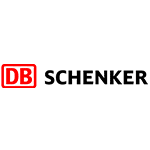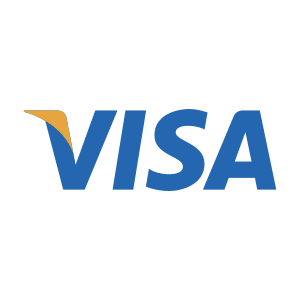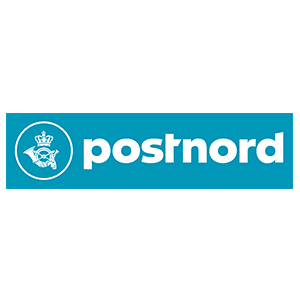Recovery involves rebuilding a life— returning to wellness and becoming a functioning member of society. Every person needs a comprehensive recovery plan that addresses educational needs, job skills, social relationships, and mental and physical health. Therapy may be critical to resolving underlying https://bigbars.ru/bb8801.html problems that made escape into substance use so appealing in the first place. Addiction doesn’t just affect individuals; addiction is a family affliction. The uncertainty of a person’s behavior tests family bonds, creates considerable shame, and give rise to great amounts of anxiety.
- These include inpatient and outpatient rehab, ongoing support groups, and multiple kinds of therapies.
- 12-step programs are considered the gold standard by many for recovering from a substance use disorder or addiction.
- For more information on treatment options, contact a treatment provider today.
- Your provider may want to do a physical exam and may request blood and urine tests.
After discussion with you, your health care provider may recommend medicine as part of your treatment for opioid addiction. Medicines don’t cure your opioid addiction, but they can help in your recovery. These medicines can reduce your craving for opioids and may help you avoid relapse. Medicine treatment options for opioid addiction may include buprenorphine, methadone, naltrexone, and a combination of buprenorphine and naloxone. Longer-term treatment programs for substance-related and addictive disorders can be highly effective and typically focus on remaining drug-free and resuming function within social, professional, and family responsibilities. Behavioral therapies help people in drug addiction treatment modify their attitudes and behaviors related to drug use.
Basic principles of SUD treatment
Al-Anon and Nar-Anon are support groups for friends and family members of individuals with an addiction or substance use disorder. The mission of these groups is to show loved ones that they aren’t alone in their struggle. Al-Anon and Nar-Anon emphasize addiction as a family illness and provide http://indiebirdie.ru/2013/01/the-leisure-society-the-sober-scent-of-paper.html loved ones with effective coping and communication methods. NA is a support group modeled after AA that provides a community of support for those recovering from drug addiction. Members of NA motivate each other to stay committed to sobriety and avoid falling back into patterns of abuse.
This allows for some form of processing, which may include reexperiencing an event through a new lens or through actions that provide a sense of internal strength to overcome. Common types of this therapy include outdoor recreational activities like rock climbing and assisted animal therapies like equine therapy. It will take a significant amount of willingness and continuous support to achieve and maintain long-term sobriety. Building strong relationships with others in recovery who can relate will be essential during the treatment process. It is also important to remember all the loved ones who will be there along the way.
Footer Social
Our addiction medicine research is helping both members and nonmembers get better, more effective treatment. If you’re struggling with drug or alcohol use, you’re not alone. Substance use disorders affect up to 1 in 12 adults in the U.S. Fortunately, there are good medications and therapies that can help you on the road to recovery.
Exercise, listening to music, getting sufficient rest—all can have a role in taking the focus off cravings. Psychodynamic therapy helps individuals explore their emotions and experiences to uncover how their subconscious thoughts relate to their thoughts and behaviors. This helps https://www.mdyhome.com/2014/12/grow-your-gardening-knowledge-heres-some-great-tips/ to identify the underlying cause of substance use and find new strategies to meet one’s needs. In addition, by working closely with therapists to acknowledge these deep-seated feelings, individuals are more prepared to identify and avoid temptations during their recovery.
Types of Addiction Treatment in Pomona, CA
The fundamental principle of the program is the belief that combining treatment for co-occurring PTSD and SUDs is more effective and yields better results than treating each disorder separately. Prize-based contingency management (CM) rewards drug abstinence. For instance, a client might have the opportunity to win $100 after having a drug-negative urine sample.
Nevertheless, experts see relapse as an opportunity to learn from the experience about personal vulnerabilities and triggers, to develop a detailed relapse prevention plan, and to step up treatment and support activities. People can learn to resist or outsmart the cravings until they become manageable. There are strategies of distraction and action people can learn to keep them from interrupting recovery. Another is to carefully plan days so that they are filled with healthy, absorbing activities that give little time for rumination to run wild.
Does Insurance Pay for Rehab in Pomona, CA?
Using diffusion tractography, we detailed PFC structural connectivity with the Hb and two control regions, quantifying tract-specific microstructural features in healthy and cocaine-addicted individuals. White matter was uniquely impaired in PFC-Hb projections in both short-term abstainers and current cocaine users. Her team found reduced diffusion along the PFC-habenula tract of both short-term abstainers and current cocaine users, compared to healthy control subjects. Similar results were seen in a separate cohort of people with heroin addiction, compared to their own control group. We’ll be able to tell you if your insurance provider is in network with an American Addiction Centers treatment facility.
















